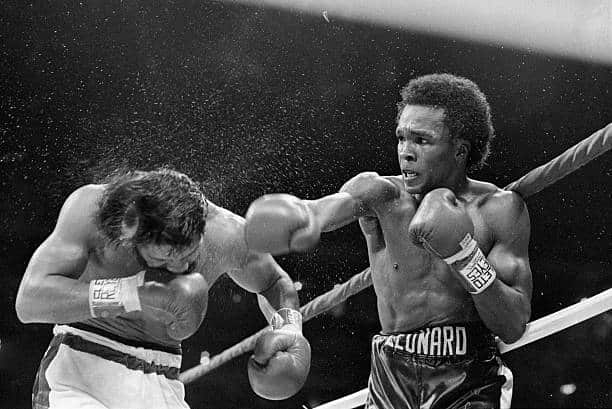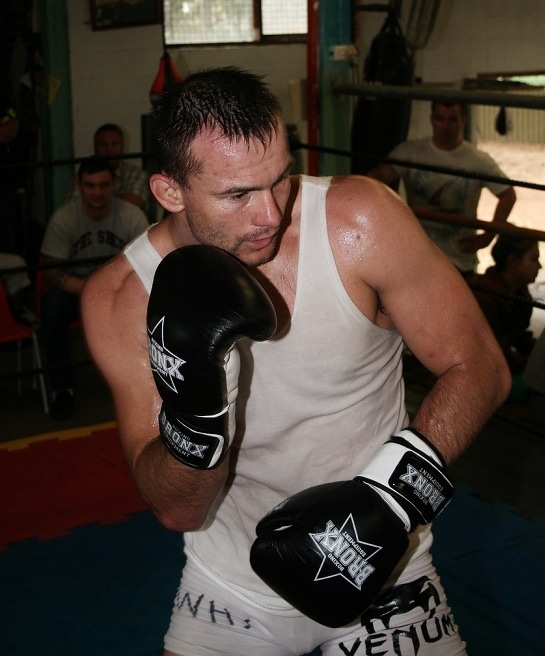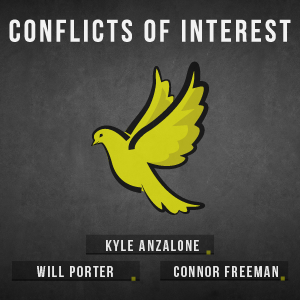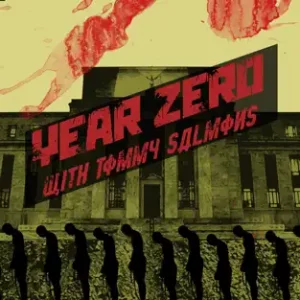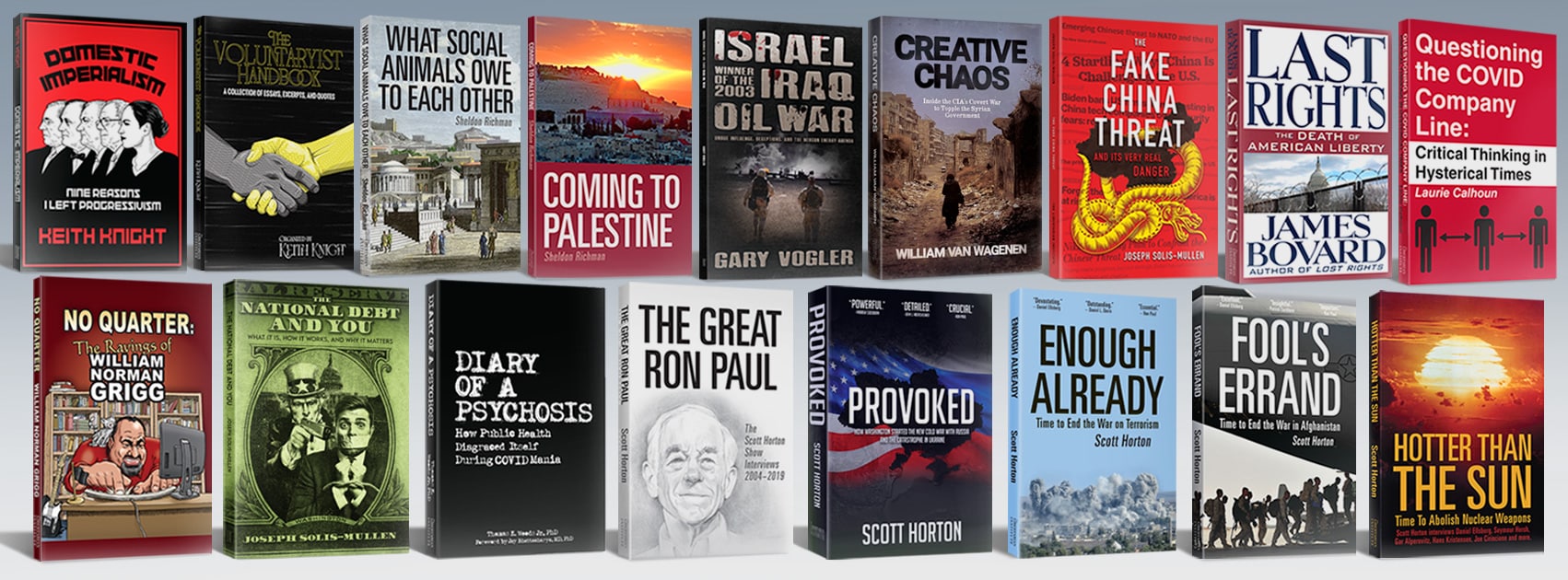There is a conflict for fighters to endure. Not the most obvious of overcoming oneself, the obstacles leading to competition or the opponent. Finding the balance between pride and self preservation. Too much pride, means we become reckless. Brave but stupid. We take risks and go blow for blow, toe for toe and allow the ego to overcome us. We do silly things that can risk the fight itself while also hurting us long term. This goes for training as well. When we should be working, practising and developing skills we can get into gym wars to settle a score or prove a point that never needed proving.
“Giving it all away for free,” as one veteran pro once noted while two young fighters slugged it out inside an empty gym.
No one remembers their names.
And on the other side is self preservation, the unwillingness to stand and fight. Instead a fighter will avoid the hard work, making sure to always remain fresh and to win safe. This does them no favours as a draw card and when they need to put in the effort to snatch victory, they have become so familiar with the safer approach they remain guided by their self preservation. Their health as a person and longevity as a fighter is always on their mind, they are wise to do so. For the fans and as a competitive fighter, it’s less than exciting and can see victory slide away from them.
Over the years, I wish more fighters did lean into the self preservation. The respect for themselves, their training partners and the dignity of combat. Instead of relying on brutal thinking and hoping to win over a forgetful crowd where they leave it all in the ring-cage and gym only to return to a life outside with injuries and ill health. The spectators mostly forget the wars. Forget their names and move on to the next spectacle of violence. The pornographic appeal of the combatants providing the voyeurs with as much ejaculatory concern, once it’s done. They move on and most often forget what aroused and excited them for that brief period of a fight. The warriors to be disposed of by the promotions and fandom.
Only their fellow combatants remember, know who they were and what they did. Those of us who still have our wits and memories, should it not be claimed by the dementia of the arena. We remember, we know. We also regret.
It is with an educational clarity that young fighters, and even those longer in their teeth should watch the first two Sugar Ray Leonard versus Roberto Duran fights. The first meeting is great, a toe to toe battle between the best in their era. Duran a veteran of violence, the encapsulation of brutal pride and machismo. Versus the sweet moving, Olympic golden darling of his age, Ray Leonard. In the lead up to the fight, Duran was able to throw barbs at Leonard, enticing his masculine pride by mentioning his wife in a deplorable manner. Leonard hated Duran and wanted to beat him, Duran’s way.
Instead of boxing and moving, using his skills and supremacy of footwork and the movement that made him great, Leonard traded and fell into the trenches with Duran. There he got muddy and bloody, elbows, low blows, shoulders and foot stepping against the ropes and in small perimeters of violence. Leonard proved himself as a man, as a warrior but at a cost. He would lose the fight, hoping to satisfy a dignity against a man who had little regard for such a word or the politeness of a world beyond the violent sport. Duran shoved Leonard the moment he dared to raise his hands. A “fuck you” to a fellow warrior who had stood with him for fifteen rounds, so deep was the pride and hate. It was always personal, never professional or competition.
Some months later, Leonard would have his revenge. The vulgar curses and repulsive slurs from Duran no longer had any effect. Leonard held to his self preservation, he had a game plan and would stick to it. His fight name was Sugar for a reason. Duran had enjoyed the first victory and was certain of winning again. His arrogance, his pride was confident in its certainty that he would beat Leonard with ease, again. Instead, we got the famous No Mas fight. No More! Duran declared. He submitted, yielded out of frustration to the disciplined supremacy of Leonard. No excuses can be offered, other than Duran could not draw from Leonard a proud toe to toe war, instead he and the world witnessed a boxing master class. It would take several fights for Duran to beat away the stigma as a quitter.
To quit is an ugly word in boxing, in all combat sports for that matter. Even those which allow for submissions. The crowd and promoters prefer for the fighters to go out on their shield. To suffer great pain and punishment, a cuckolded sadomasochism ensuring those watching feel gratified in knowing that others suffered and endured for their entertainment. Whether amateur or elite level pro, to quit is a slight, a disgusting act. Considered even so by those to lazy, ill disciplined and cowardly to enter the arena themselves. It’s one of the understood elements of sport, especially fighting.
Another example from that eras four kings, occured between Marvin Hagler and Thomas Hearns. Both on top of their divisions, meeting at Middleweight for Hagler’s crown. Both men wrecking balls with considerable skill as boxers, and knockout power. It was anyone’s fight. Instead of feeling one another out or moving with his reach from behind his great jab, Thomas Hearns went blow for blow with Hagler. And instead of wearing his man down, and searching and destroying him, Hagler dug in his toes and threw every shot with the intention of knocking Hearns out. The world got a short but intense war, with a cut, a broken hand and in the end Thomas Hearns was laid out. Pride over coming any sense of self preservation, despite breaking his hand, he did not relinquish his desire to stop Hagler. So Hearns went down fighting.
Social media and incentives from promotions push for fighters to take risks and stand and trade. Even if they really don’t need to. It will excite the mob and satisfy the ego which most of us fighters carry around with us. Unfortunately in each combat sport we have cautionary tales of warriors whose bodies and mind were snatched from them, not all at once but over time in the arena and gyms. The stagnant camera positions for the phone viewing has invented sports like slapping or leg kick competitions, no self preservation or skill other than to endure punishment. Pain, and damage. The mob watching from their screens eager to bear witness to proud stupidness. Courageous beings performing for uncourageous masses.
Footage of young fighters recklessly beating on each other for social media content creation or to bully sparring partners is meaningless and wasteful. It does not help them grow and learn, it may satisfy their ego or win them points with their friends and the ignorant alike. But to use the words from that old veteran again, “why give it away for free.”
The impulse to over train is ever apparent. Especially now that we tend to film everything. Instead of working it out, every session leans into being a work out. Strength and conditioning coaches, most of them virgins of competition with their academic theories will tell fighters buzz words full of bullshit in the hopes of making them the centre stage of the athletes performance. The art and craft of violent competition transcends mere athleticism. Learning to be efficient, composed and wise under pressure is an important element of fighting that can only be learned from experience and application. Training hard to burn out and exert can in fact have the opposite effect in combat, especially when injuries and age begin to take their toll. The fighter is a human being, not a machine. Some who insert themselves into the equation don’t understand the distinction.
The older versions of George Foreman, Larry Holmes and Bernard Hopkins were able to do what they did through their understanding of the craft of combat. They trained hard, certainly. They also did not over train. Instead they leaned into experience and their pride was a fuel, in keeping them competing and in the gym. Their pride kept them from partying and indulging recklessly. Their pride kept them on their feet, moving forward and staying up with much younger men. Their self preservation ensured longevity and they earned their mastery over the sport and the art of fighting. They understood the subtle and elements of fighting that fans overlook or simply refuse to know. They understood the nuance and subtext of violence that only fighters at high level do. An understanding that comes from experience, there’s and those around them. An understanding born from the marriage of pride and self preservation that younger fighters tend to learn when they are being handed defeat by someone they should or are meant to beat.
These lessons transcend the arena of combat sports. They can be applied in our wider lives. The urge to always win an argument or be proven correct, can ruin relationships and in the end achieves little. The excessive need for self preservation soon turns into cowardice or at least the voyeurism of the inexperienced. Certain of absolutely nothing gained from witnessing others from afar. It keeps one healthy and away and out of danger but it gives them no insight or experience. No character. Our character and reputations are built on what we do, what we have endured and risked. How we overcame and how we dealt with adversity and defeat. To get there, it required both pride and self preservation. Finding the balance comes with experience. Yours and those around you who have done and endured. Never be too proud to always hurt and know more than you think you do. And never have too much self preservation that you never risk or experience, because in the end life is too brief and careers in the arena, all the more so.


